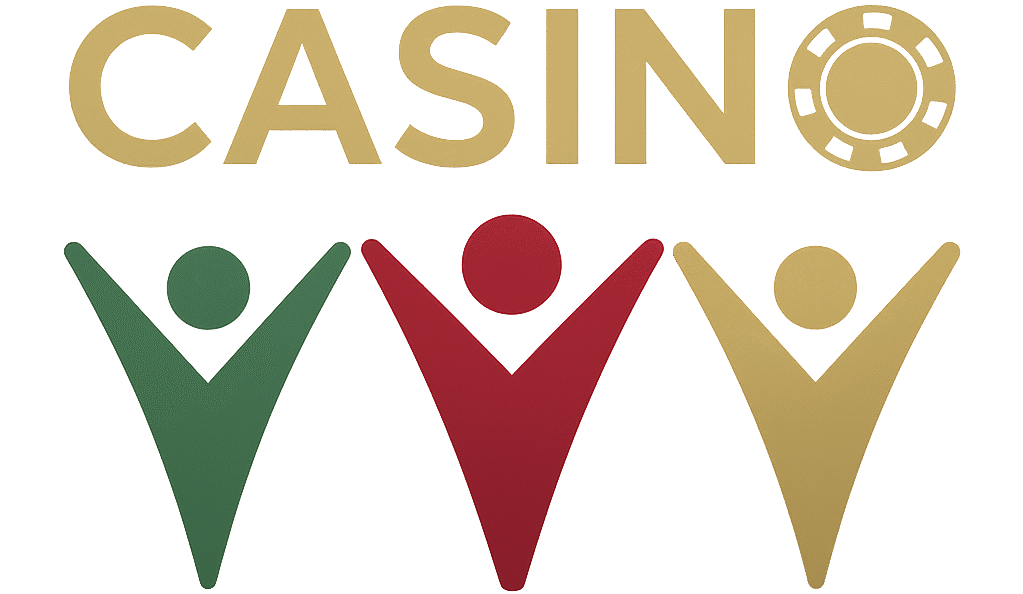
Is it possible that a simple blink could reveal your next move in a high-stakes game of poker? The enigmatic world of poker tells is vast, and players constantly seek to decode their opponents’ physical cues. Among these, the blink poker tell has intrigued both novices and seasoned professionals alike, as it may hold the key to understanding an opponent’s thought process.
The Subtle Art of Reading Blinks
Blinking is a natural and often unconscious action. However, in the intense atmosphere of a poker game, even the smallest facial movement can become a significant indicator of a player’s emotional state or decision-making process. Fast blinking might suggest anxiety, while slower blinks could indicate a calm demeanor. Understanding these nuances can give players an edge, making the blink poker tell a valuable tool in a player’s arsenal.
Why Blinking Matters in Poker
The psychology behind blinking in poker lies in the connection between the mind and body under pressure. When a player finds themselves in a tense situation, such as a crucial hand, their body’s physical responses may change. Blinking rate can increase due to a rush of adrenaline or decrease as focus intensifies. Recognizing these patterns allows players to gauge how comfortable or stressed their opponents might be.
Practical Strategies for Players
For players looking to incorporate the blink poker tell into their strategy, observation is key. Watch for changes in your opponent’s blinking patterns, especially during critical moments of the game. This requires patience and a keen eye, as the tells might not be immediately obvious. Additionally, players should be mindful of their own blinking, as it can give away their feelings or decisions to observant opponents.
It’s essential to remember that while the blink poker tell can be insightful, it should never be relied upon in isolation. Combining this observation with other tells, such as body language or verbal cues, can create a more comprehensive understanding of an opponent’s strategy.
Cross-Cultural Considerations
In different regions, the interpretation of body language, including blinking, can vary. For example, what might be considered a sign of stress in one culture could be interpreted differently in another. Players participating in international tournaments should be aware of these cultural differences to avoid misreading their opponents. Keeping a flexible approach and adapting strategies to the context of the game will enhance the effectiveness of using the blink poker tell.
The Future of Poker Tells
As technology continues to evolve, so too does the analysis of poker tells. Advanced software and AI are now being developed to analyze players’ physical cues, including blinking, with increasing accuracy. These tools could revolutionize how tells are interpreted, offering players new ways to refine their strategies. However, the human element of poker remains irreplaceable, and the thrill of reading an opponent’s subtle cues continues to be a fundamental part of the game.
What is the 'Blink Tell' in poker?
The 'Blink Tell' refers to observing a player's eye movements, particularly quick blinking, which may indicate they are making rapid decisions.
How can quick eye movements affect decision-making?
Quick eye movements can suggest that a player is processing information and making decisions more swiftly, potentially under pressure.
Is the 'Blink Tell' a reliable indicator of a player's hand strength?
The 'Blink Tell' can offer clues about a player's decision-making process, but it should be considered alongside other behavioral cues for accuracy.
Can a player control their blinking to avoid giving away tells?
While players can try to control their blinking, it is often an involuntary reaction that can be difficult to completely suppress, especially under stress.
What other factors might influence a player's blinking rate during a game?
Factors such as fatigue, stress, and environmental conditions can also impact a player's blinking rate, potentially affecting the reliability of this tell.
How does the 'Blink Tell' compare to other poker tells?
Like other tells, the 'Blink Tell' is just one piece of the puzzle and should be used in conjunction with other signs to make more informed decisions.
Can the 'Blink Tell' be used effectively in online poker?
In online poker, visual tells like the 'Blink Tell' are not applicable, so players must rely on betting patterns and timing instead.
What strategies can be employed to counteract the 'Blink Tell' if you suspect an opponent is observing it?
Players can use controlled blinking or consistent eye movements to disguise their true intentions, making it difficult for opponents to read them.
How might cultural differences influence the interpretation of the 'Blink Tell'?
Cultural variations in nonverbal communication can affect how blinking and eye movements are perceived, which might lead to misinterpretation of the 'Blink Tell'.
Is it possible to train oneself to detect the 'Blink Tell' more effectively?
Yes, by practicing observation skills and becoming more attuned to subtle changes in opponents' behaviors, players can improve their ability to detect the 'Blink Tell'.
What cognitive processes are involved when a player exhibits the 'Blink Tell'?
The 'Blink Tell' may indicate rapid cognitive processing and decision-making, as blinking is linked to dopamine release which can facilitate quick thinking.
How does the 'Blink Tell' relate to the concept of poker face?
While a poker face aims to conceal emotions and reactions, the 'Blink Tell' might inadvertently reveal the player's mental state, challenging their ability to maintain a neutral demeanor.
This article was created by the official editorial team of CasinoVVV.com, delivering trusted insights, global casino industry news, and professional gaming analysis.
Read also: The Whiskey Tell: Reading Drinks At Poker Tables • AI Poker Reads: How Artificial Intelligence Is Decoding Live Player Tells In 2025
